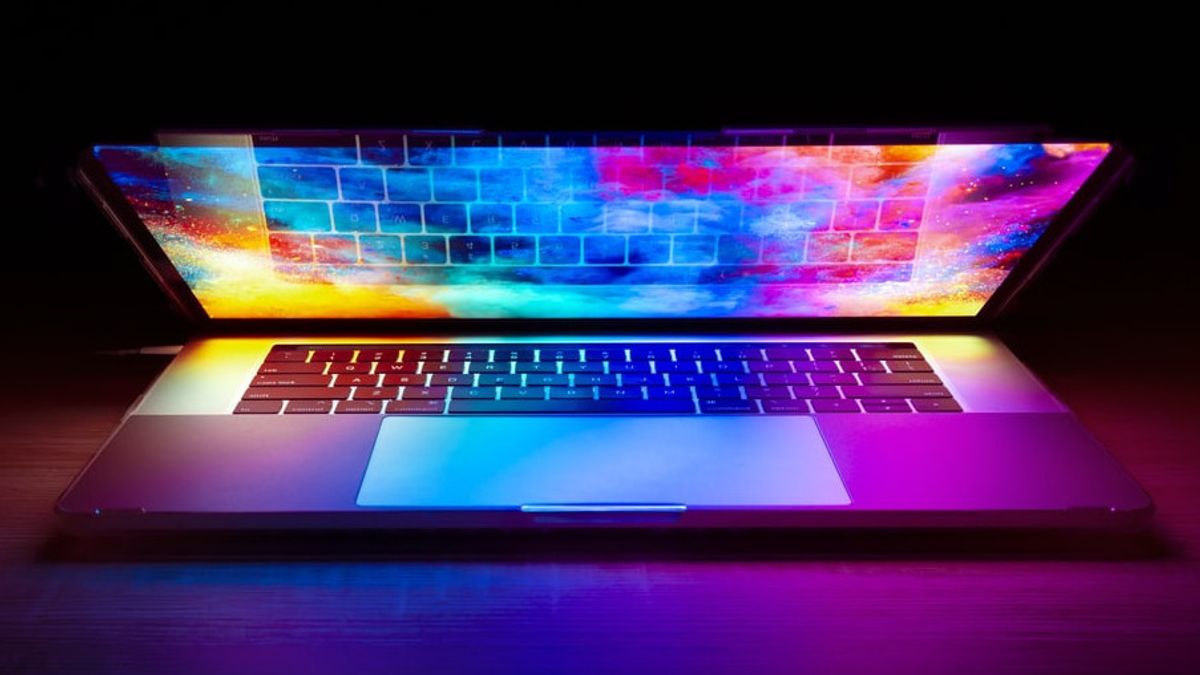JAKARTA - Most laptops now come with non-replaceable or non-removable batteries. Starting from MacBooks, Ultrabooks running Windows, and Chromebooks. No matter what the price or platform, non-removable batteries are the norm.
In some ways, this is a good thing. Laptops are becoming slimmer than ever, and with their low-power processors and fanless designs, their battery life actually far exceeds that of their larger counterparts.
However, it also gives the laptop a limited lifespan, with the possibility of the battery dying while the rest of the hardware is still going strong. So these are the precautions from Makeuseof that you can use to take care of your laptop battery.
Watch the Heat
One of the main factors that affect laptop battery life is temperature. Cold temperatures can be a problem if you live in a cold climate, but heat is a bigger problem.
But you also have to make sure air can circulate around the laptop, keep the vents clean and don't put it on the pillow. Try and keep it below 35 degrees Celsius. If you use your laptop in bed, a stand is a good way to help keep it cool.
Filling and Emptying
A common question about laptops is whether it's better to use it on battery power or leave it plugged in all the time.
The short answer is "a bit of both." All Apple Unibody MacBooks have a sealed battery, and the company recommends switching between the two every now and then.
If you mostly use your laptop at work, for example, then leaving it plugged in is fine, although you should make an effort to turn off the battery every now and then. Batteries can't be overcharged, so they won't be damaged right away, but it's important to remember that charging is another source of heat.
Don't Let It Rundown
If you run your laptop on battery power, you should ideally avoid discharging the battery completely or even below about 20 percent on a regular basis.
Tests from batteryuniversity.com show that it takes about 600 full discharges to reduce laptop battery capacity by up to 70 percent. In comparison, if you only run the battery to about 50 percent before charging, you'll get over 1500 discharges before its life is reduced to the same level.
Because of this, many manufacturers recommend that you perform a full discharge every few months to help keep the battery properly calibrated and to ensure the statistics reported are accurate.
In Windows, you can explicitly prevent the battery from dropping below a certain level. It's well hidden, but go to Control Panel > System Maintenance > Power Options > Select a power plan and click Change plan settings .
Select Advanced settings, then battery, and under Low battery level and Critical battery level, change the values to the percentage you want.
Stay charged
The charge level of your battery matters, even when you're not using your laptop.
HP recommends storing batteries with a 50-70 percent charge at temperatures between 20-25 degrees Celsius. If you won't be using the laptop for a while, try and keep it as close to this state as possible. You should not store the device for a long time with a completely discharged battery. You may never get it working again.
The English, Chinese, Japanese, Arabic, and French versions are automatically generated by the AI. So there may still be inaccuracies in translating, please always see Indonesian as our main language. (system supported by DigitalSiber.id)













